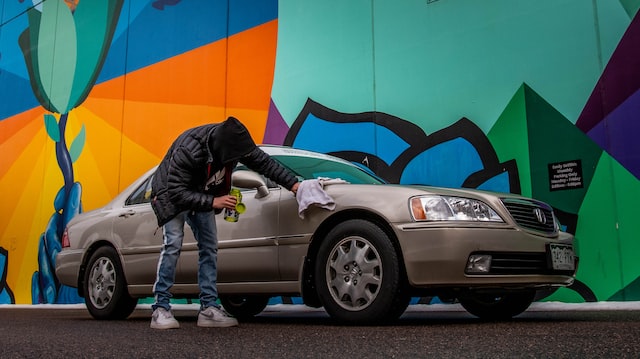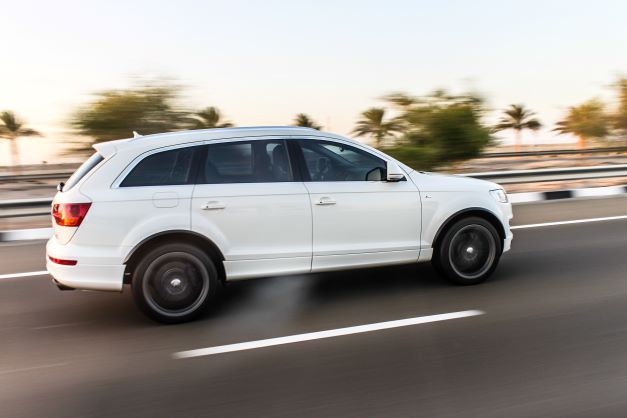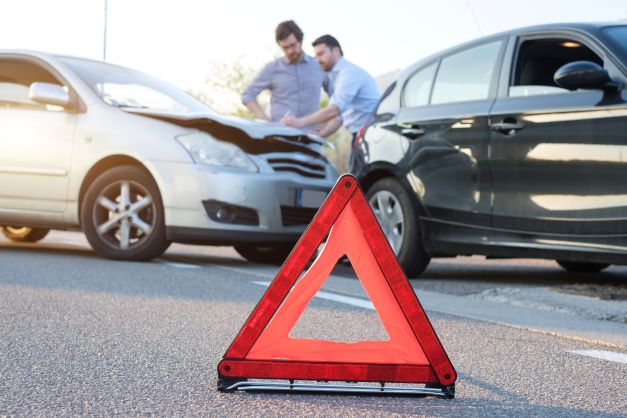I have an Older Car, Should I Get Liability Only Auto Insurance?
- Your Good Insurance Agency
- November 15, 2022
- 4:46 pm
Liability-only auto insurance is one of the most basic types of coverage. It protects you from having to pay for damages you cause to other people, their property, or both. But what exactly does liability only cover? What are some of its limitations?
Liability only is the cheapest way to get insured.
Liability only is the cheapest way to get insured because it doesn’t include collision or comprehensive coverage. This insurance only covers damage to other people’s property and vehicles, as well as bodily injury. It does not cover damage to your property or damage that you may do to your car.
Liability coverage also helps protect you from lawsuits from people injured by a collision, which can amount to thousands of dollars in legal fees if you don’t have any insurance! Liability insurance is required by law for all drivers in most states—and those who don’t have liability coverage are liable for any injuries they cause in an accident out of pocket.

It’s wise to switch to liability only if you have an older car.
Own the vehicle outright and have no outstanding financing? Consider dropping the comprehensive or collision coverage.
Our rule of thumb is that cars valued at $5,000 or less are great candidates for a liability-only policy. If you hit a car and it’s your fault, their car and injuries will still be covered (that’s the liability part), but the damage to your car won’t be covered. So you must decide if it’s worth paying up to $1,000+ in coverage per year for a car worth less than $5k, especially if you consider your driving record, like if you haven’t had any at-fault accidents and consider yourself a safe driver.
Make sure you understand what liability only auto insurance covers, then decide if it’s right for you.
Liability-only auto insurance is not comprehensive insurance. It covers damage to third parties but not to your vehicle. If the damage to your car is covered by liability only, you won’t be reimbursed for those costs when filing a claim with your insurer.
If that doesn’t make sense, consider this: Liability-only coverage will pay for damages to other people’s property and bodily injury caused by you or anyone driving the car with your permission (such as a friend). It does not cover any damage done by you or any passengers in the car when it crashes into something else—like if someone rear-ends you at a stop light because they were looking at their phone instead of paying attention to their driving.
Decide whether you can afford to do without insurance on your car.
Before you decide to forgo insurance, consider the consequences of an accident. Do you have collision and comprehensive coverage on your policy? If your car is damaged, will you be able to pay for repairs or replacement? Will the deductible be more than repairing or replacing your car?
If someone else is injured in an accident caused by your car, can you afford to pay any medical bills they may incur? If they need extensive rehabilitation afterward, will this strain your finances? How much money do you have saved up in emergencies such as these?
These are all questions worth considering before deciding whether or not to buy auto insurance.
The extent of auto insurance for older cars is dictated by what you can afford and how much risk there is to cover.

The extent of auto insurance for older cars is dictated by what you can afford and how much risk there is to cover. The cost of the vehicle, its value, and your deductible all need to be considered before you get a quote. You should also take into account any other factors that could affect your insurance coverage, such as:
- How frequent or infrequent use of the vehicle (and therefore whether it’s driven just enough to maintain familiarity with it but not regularly) impacts costs.
- Whether or not the car has been involved in an accident in the past (and if so, what kind).
- Whether or not any modifications have been made to the vehicle.
Take advantage of affordable coverage.
Most auto insurance policies have an option for roadside assistance. Some may include it automatically, while others require a small extra premium. This coverage will give you protection in case of a mechanical breakdown, locking your keys in the car, or other situations in which you require help. The yearly cost of adding this coverage is far less than the cost of having your car towed, so it just makes sense to add it. Still, many people need to realize it is even available.
Small mistakes like these can cost you much money and have even more severe consequences. Avoiding them is simple if you are aware of them when you select an auto policy.
When to switch to liability-only auto insurance?
If you want to protect yourself as a driver but still do not want to pay the high premiums, what coverage should you have? In general, it is wise to be sure you have both collision coverage, which will pay for repairs to your vehicle, and comprehensive coverage, which will protect you from natural disasters, theft, or vandalism, in addition to your minimum liability coverage. This will protect you from out-of-pocket expenses for repairs to your own vehicle and any medical expenses you may incur. Choose the highest deductible you can afford to keep your insurance expenses under control.
The purpose of insurance of any kind is to protect you from the expenses of unforeseen and unavoidable life events. Choosing coverage that does this is important, and finding a balance between protection and cost is the best way to do this.
The amount of coverage you need to be legally insured as a driver varies depending on where you live. Minimum coverage is just that—the minimum. But in most cases, it covers you for a particular amount of liability for any damage you may cause to others’ property or for any medical expenses they incur resulting from an accident in which you are at fault. It does not provide any coverage for your own property or medical expenses.
In many cases, more than the minimum liability insurance may also be needed if you are involved in a serious accident. You will be personally responsible for the amount it costs beyond your coverage.
If you’re worried about damage to your car, buy collision coverage.
When you have liability insurance, your insurer will pay for damage to another driver’s vehicle or property and medical bills if they are injured in an accident caused by something you did. But liability alone won’t pay for the damage to your vehicle if it’s in an accident.
That’s where collision coverage comes in. It pays for repair costs after an accident that wasn’t your fault—if another driver hits your car, for example.

You can save money by choosing higher deductibles
You can choose higher deductibles (which means the amount of money you pay before the insurance company kicks in) if you want to save money on your insurance. Your insurance will only pay after the deductible has been met. For example, if you have a $500 deductible and you get hit by someone who doesn’t have insurance, it will be up to you to pay for damages up to $500 before your insurance kicks in.
What is the average monthly price paid for auto insurance in California for older cars?
The cost of auto insurance is different for every person. It depends on your age, risk level, driving record, and many other factors, including your vehicle type. While older cars will typically cost less to insure than newer ones, even vehicles worth more can be less expensive than some expect.
The average price for auto insurance in California is around $1,500 per year. This is for both new cars and used cars alike. You can expect to pay less than this average if you have an older car. You can get coverage at a rate that makes your monthly payments close to what they were before you bought the car.
Many factors influence how much money you will spend on your monthly auto insurance bill. One of them is the type of vehicle that you drive, but other factors also affect your rates, even if it’s the same type of car between two consumers (such as age or gender). For example, if one person has a clean record while another has had multiple tickets in recent years, their rates may vary significantly even though they drive identical vehicles and live 50 miles from each other!
The best way to get a low rate on any policy is by comparing quotes from several companies before deciding which one works best for them – but remember those discounts! Most insurers offer special deals such as senior citizen discounts and military or veterans’ benefits programs which could save hundreds annually, so make sure these options are available before making final decisions about which company meets all needs.
At the end of the day.
To sum up, liability-only insurance is an excellent choice if you have an older car that’s not worth much money. It’s also good if you’re on a tight budget and want to save money by choosing higher deductibles or decreasing your coverage level. You have more insurance options with an older car than with a newer one. You may get by without paying for collision and comprehensive coverage. Still, it’s essential to do your homework before making any decisions.
No matter what type of vehicle you drive or how much money you have in the bank, there are ways to save money on auto insurance—you need some information on how things work first! Give one of our auto insurance specialists a call today. They will be happy to go over your options with you.
Insurance Made Easy
Get A Quote Now
As a broker we will price this with up to 30 carriers to get you the absolute best price.
About Your Good Insurance Agency

Based in San Diego, California, Your Good Insurance Agency was started in 2008 with the goal of helping people find high quality insurance at a reasonable price.
We work with over 30 carriers to help you get the best rate with good coverage options. We specializes in personal lines insurance with an emphasis on homes, dwellings (rental properties), and autos. We also help investors with property flip Insurance.
Most of our clientele resides in California however we are also licensed in Utah, Nevada, & Arizona.



